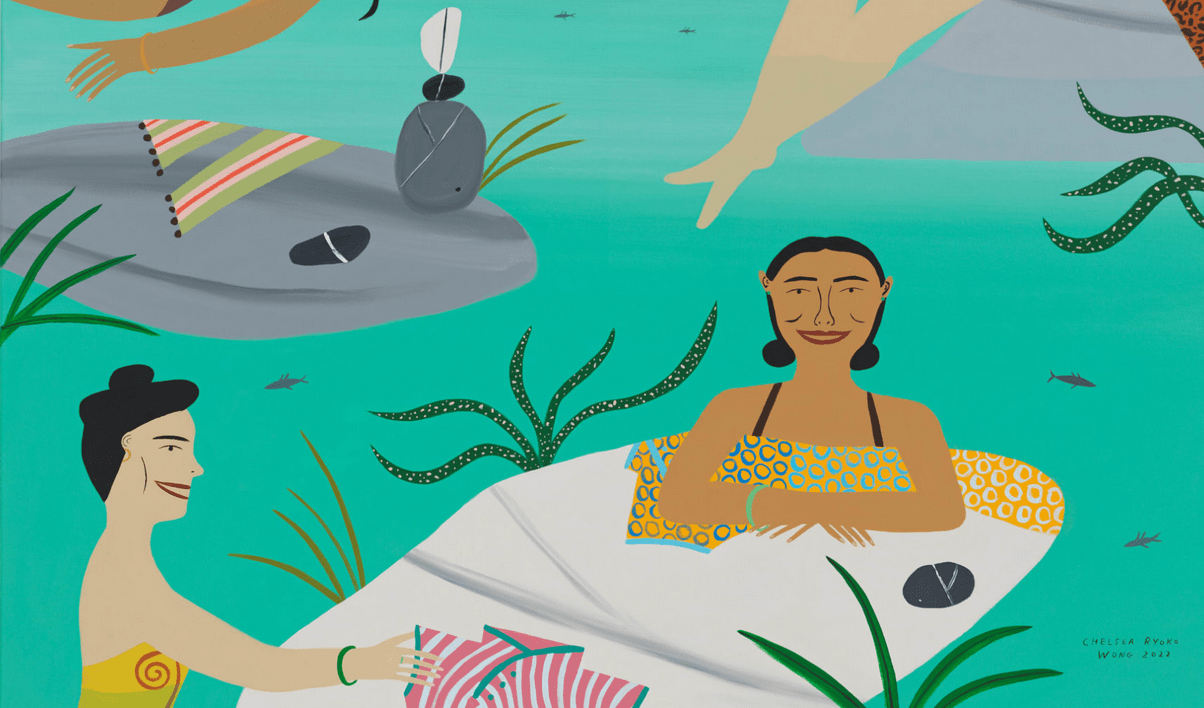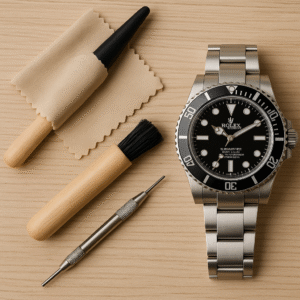In most of the Western art that is classified as ethnic, Asian women are usually depicted simply as one-dimensional characters — sometimes likened to ingratiating supplicants, and at times regarded as exotic, hypersexualized creatures. Such representations fail to portray the diversity found across cultural backgrounds.
The show “Wonder Women” seeks to allow more brash and unconventional representations, particularly in the depiction of Asian American and diasporic women. Susan Szpyra and Kathy Huang are the curators of this show at the Jeffrey Deitch gallery in New York.
In an interview with Teen Vogue, Huang expressed her interest in being fetishized and invisible in pop culture, referencing Genny Lim’s poem “Wonder Woman.”
In her poem, the narrator is observing the different lives of Asian women. “That’s something that I had wondered myself,” Chang explained, “because I have my individual experience as a Chinese American woman, but there were so many other experiences that I don’t know about.”
More than twenty-five works presented tackle themes of identity, with women in many of them depicted as strong and powerful, but also at times introspective and fragile. Some are confronting—as is the case with Jiab Prachakul’s self-portrait “Purpose,” which shows the artist cast an unfaltering gaze at the viewer—while others emphasize community: Melissa Joseph’s photograph “Smells like Pre-Teen Spirit” shows a diverse group of teenage girls.
The exhibit, which opened during Asian American Pacific Islander Heritage Month, also features works that play on the theme of history.
Celestial Women Swim in Gold
Chelsea Ryoko Wong’s photograph “Celestial Women Swim in Gold” depicts a group of Asian women bathing in turquoise waters. The title is a reclamation of the word “celestial,” which was used by Whites to describe Chinese immigrants around the time of the California Gold Rush because they were thought of as bizarre and otherworldly. Wong said that she is celebrating this commonality of sisterhood and culture, and togetherness.
In her watercolor “Anno Domini 40, 1945, 1969”, artist Tammy Nguyen depicts the Trưng sisters — two famous warriors who drove out Chinese Han Dynasty overlords from Vietnam in 40 AD — flanking images from two historical events in American history: the Battle of Iwo Jima in 1945 and Buzz Aldrin on the moon in 1969. In doing so, Nguyen brings the history of the sisters — who are celebrated in Vietnam but relatively unknown outside of it — to light.
Nguyen believes that the Asian representation on screen has improved since she grew up in 1990s America, where one of the few Asian characters was Trini Kwan from Mighty Morphin Power Rangers. However, Nguyen thinks Trini’s character was “flat,” or boring, compared to other characters’ storylines.
I never got to know the Yellow Ranger very well, but it wasn’t so much that I needed her to fall in love.
Representation of Asian Americans on screen has greatly improved in the United States, especially in recent years. Movies like the groundbreaking “Crazy Rich Asians,” starring Constance Wu and Henry Golding, and “Everything Everywhere All at Once”, featuring Riz Ahmed, have helped bring a greater awareness to the diverse experiences of Asian-Americans.
The artist said, “We’re in a really exciting time right now where there’s a lot to see that’s easily accessible and so slowly, hopefully, this variety of cultural pieces will start to enter the public consciousness so that the embrace of the large Asian agglomeration in America can be more intrinsic to everyone’s daily lens.”
Huang hopes that exhibitions like “Wonder Women” can help bring further depth to how Asian women are seen. Such exhibitions may also help address how Asian women are portrayed in traditional pop culture, which she said tends to portray them as “overly fetishized and sexualized or being seen as almost robotic figures.”
Transmigration: Water Watchers
Nadia Waheed, whose work “Transmigration: Water Watchers” is included in the exhibition, says that although her “brownness is an integral part of who I am as a human being,” she is “not only ‘a South Asian Woman.'”
“I’m a human being with passions, fears, hopes, dreams, anxieties,” she told me. “All this exists beyond my racial identity.”
“We are allowed to exist in whatever shades of gray and nuance we want, not only that but we do not have to exist as we are told to be legitimate or valid.”








